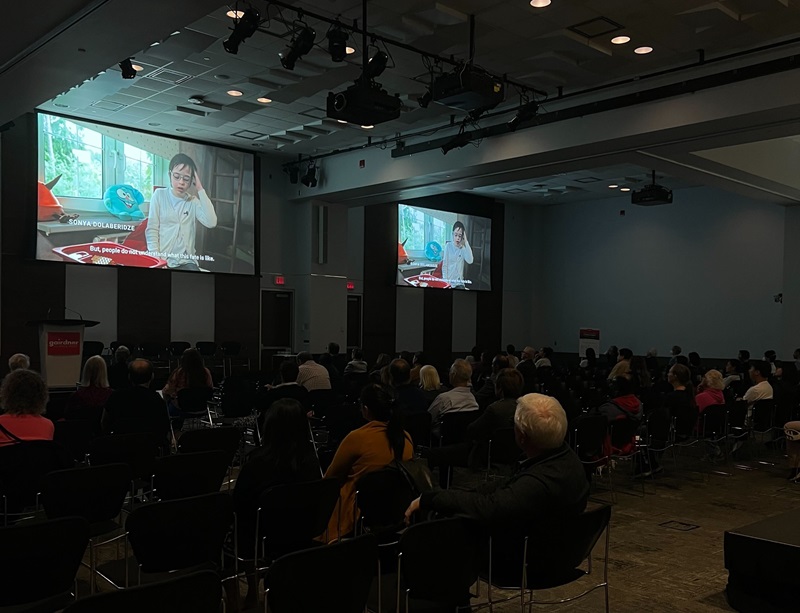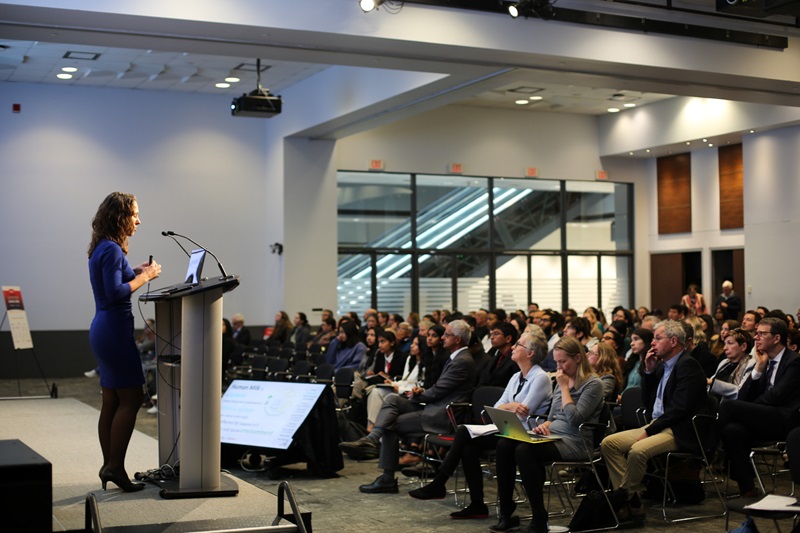Award-winning research into Duchenne muscular dystrophy for #DuchenneAwarenessMonth

Award-winning research into Duchenne muscular dystrophy for #DuchenneAwarenessMonth
Each September, organizations raise awareness for Duchenne muscular dystrophy (DMD) for Duchenne Awareness Month.
DMD is a genetic disorder characterized by a gradual loss of muscle and affects many parts of the body, resulting in skeletal, cardiac, and pulmonary muscle deterioration.
For Duchenne Awareness Month, Gairdner is shining light on the work of Drs. Ronald Worton and Louis Kunkel, who won Canada Gairdner Awards in 1989 for their discovery of the DMD gene.
Understanding DMD
Approximately 20,000 children are diagnosed with DMD globally each year. Since the Duchenne gene is located on the X-chromosome, DMD primarily impacts males. However, analyzing the X-chromosome of a young girl in the 1970s led to the discovery of the Duchenne gene.
As humans, we all have two copies of each of our chromosomes, except for the singular X-chromosome in males. Females have two copies of the X-chromosome, while males have one X-chromosome and one Y-chromosome. Like many genetic disorders, DMD is caused by a problem on the X chromosome. Without the extra chromosome that females have, which compensates for these problems, males primarily face the effects of DMD.
Understanding this allowed Dr. Worton to uncover the unique characteristics present in one young girl’s X-chromosome in 1977. Dr. Worton recalled in an interview with OHRI that after examining her chromosomes, it appeared that the top end of one X-chromosome had been exchanged with the top end of chromosome 21. This rearrangement is a process called ‘translocation’.
The race to identify the gene
After Worton and his team initially published this finding, more cases of females with similar X-chromosomes began to surface. The scientific race to identify this gene was afoot, with two research labs leading the helm: Dr. Worton’s team in Toronto and Dr. Louis Kunkel and his team in Boston.
Dr. Kunkel and his team revealed a protein called “dystrophin” which the DMD gene encodes. This protein helps strengthen muscle fibers and protects from injury.
They discovered that dystrophin was part of a multi-protein complex residing at the muscle fiber membrane, and for those who have DMD, this whole complex is disrupted. Without dystrophin, muscles cannot function or repair themselves properly.
Becker muscular dystrophy (BMD), which is less severe than Duchenne, occurs when the protein dystrophin is created, but not in the normal form or amount.
Research on this multi-protein complex paved the way for new discoveries, introducing new knowledge in other forms of muscular dystrophy.
Record-breaking and award-winning discovery
While Dr. Worton, and his team at the Hospital for Sick Children in Toronto and Dr. Louis Kunkel’s team at Boston’s Children Hospital were competitors, they would still collaborate in their research and findings, and eventually, publish their work together in 1986.
Only three years later, Drs. Worton and Kunkel were awarded the Canada Gairdner International Award for contributions to the isolation and cloning of the gene for Duchenne/Becker muscular dystrophy.
The discoveries that Drs. Worton and Kunkel made concerning the Duchenne gene were record-breaking.
The gene responsible for DMD was the first disease-causing gene ever to be identified without previous knowledge of the protein encoded by the gene. It would also turn out to be the largest human gene ever discovered, more than one hundred times the average size.
The search for answers about Duchenne muscular dystrophy and the findings made by Drs. Worton and Kunkel led to decades of new discoveries and has paved the way for modern diagnosis, treatments, and impactful scientific milestones like the identification of the Cystic Fibrosis gene and The Human Genome Project.



8cd46256-2a0e-4853-a213-5c7cadbe7397.tmb-cfthumb_fb.jpg?Culture=en&sfvrsn=eb1fa67a_1)




